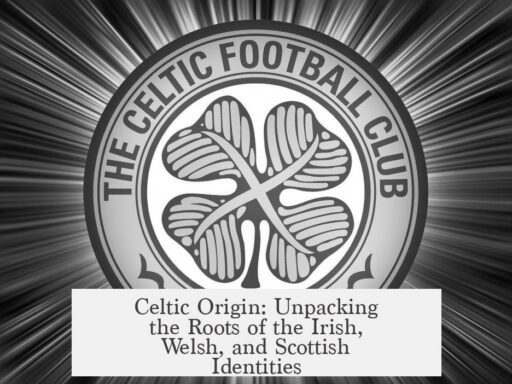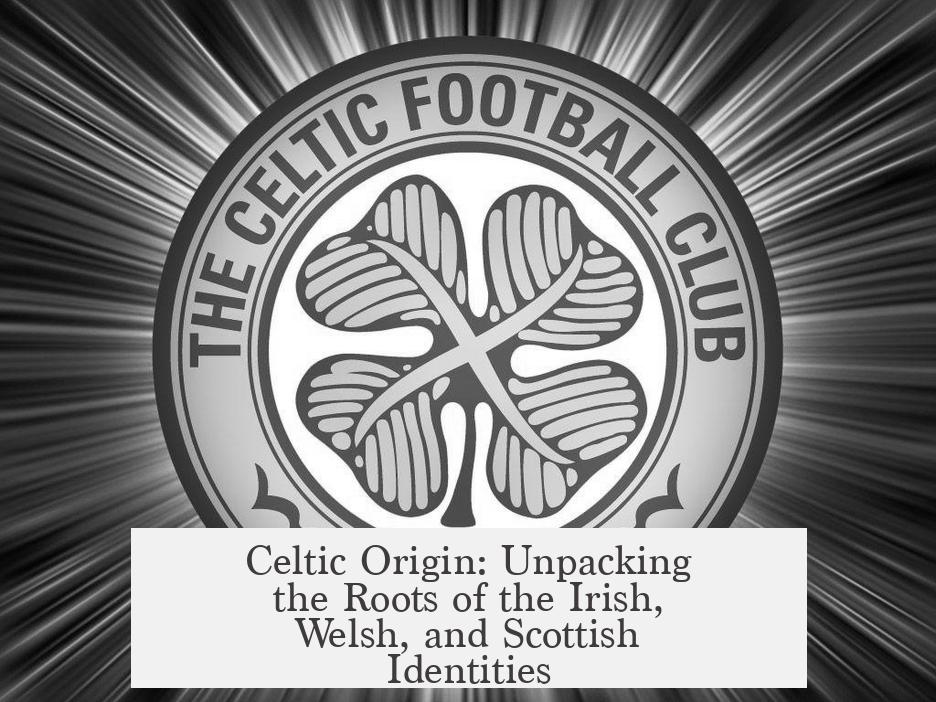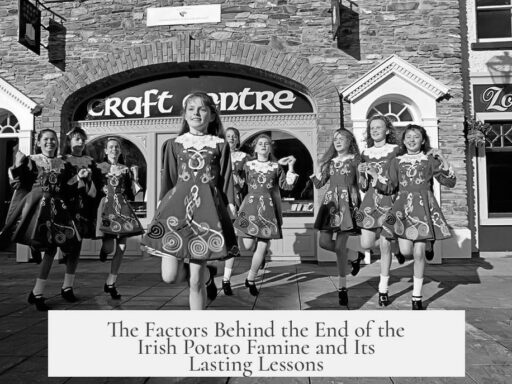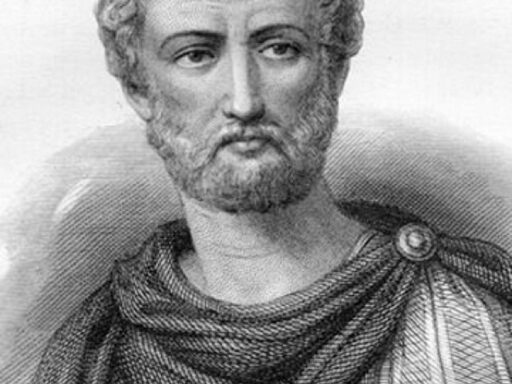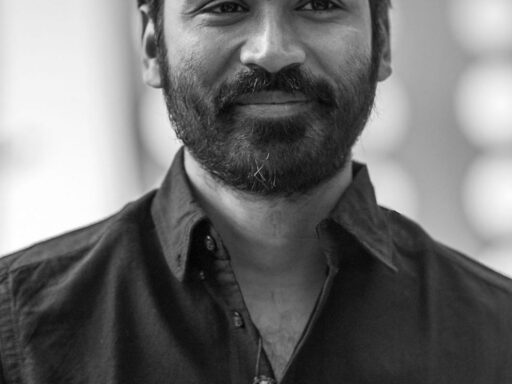The Irish, Welsh, Scottish, and other related peoples have cultural and linguistic ties commonly described as Celtic in origin, but this label is complex, historically layered, and not straightforwardly applicable to medieval identities.
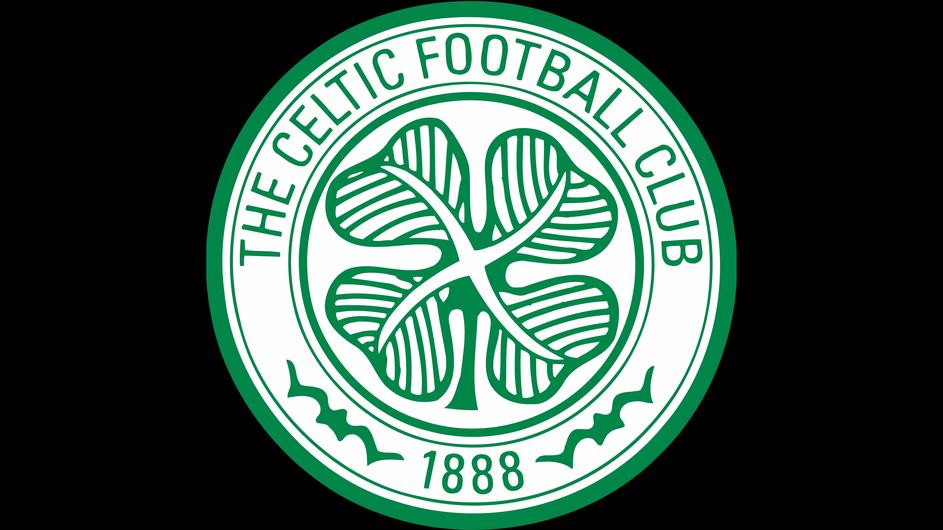
The term “Celtic” emerged mainly through Roman definitions. Romans sought to classify diverse groups beyond their northern borders using linguistic and cultural traits. These groups spoke different languages and had distinct customs from Mediterranean peoples. However, the “Celts” were never a unified entity in their own time. By the era when Roman expansion intensified, the peoples later called Celts no longer self-identified as such.
Ethnic terms like Irish, Welsh, or Scottish reflect modern historian and nationalist constructs rather than medieval self-identifications. For instance, in medieval records, “Scotus” often designated anyone reared in Ireland, rather than a clear ethnic group. Documents primarily authored by elites offer limited insight into how most common people understood their identity. Consequently, these labels need cautious interpretation because medieval identities shifted significantly from modern assumptions.
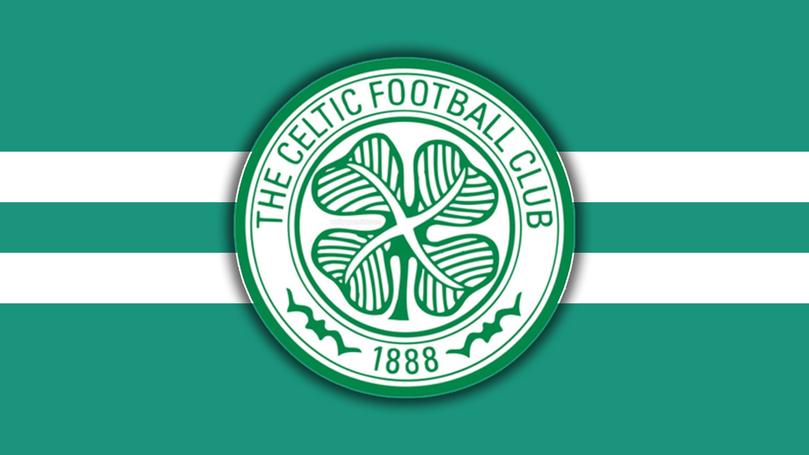
The languages spoken by these groups share roots in Insular Celtic languages, which include Gaelic languages (Irish, Scottish Gaelic, and Manx) and Brittonic languages (Welsh, Cornish, and Breton). Pictish, historically spoken in parts of Scotland, was likely Celtic but distinct from Gaelic or Brittonic. The Gaelic language moved from Ireland to Scotland around the same period Old English influenced Britain.
From an archaeological and genetic standpoint, the classical notion of large-scale Celtic invasions shaping these populations lacks solid evidence. Instead, smaller groups identified as Celts or “Celtified” people imposed elite cultural and linguistic traits upon indigenous populations. Over centuries, Gaelic became the prestige language, dominating Ireland and parts of Scotland.
Material culture linked to Celtic identity spreads widely across northern Europe, Britain, and Ireland. Artifacts such as the Book of Kells, the Ardagh Chalice, the Cross of Cong, and the Tara Brooch exemplify medieval Irish art. Although these are commonly regarded as Celtic symbols, they actually represent a medieval, international Christian artistic culture, not the pre-Roman Celtic societies originally classified by the Romans.
Modern nationalism profoundly affected how Celtic identity is understood today. The concepts of Irish, Welsh, and Scottish ethnicities were redefined during the 19th century as governments shaped national identities. These modern identities often rely on romanticized perceptions of Celtic heritage, entwined with colonial and nationalist narratives. Thus, “Celtic” today blends historical facts with cultural reinvention based on medieval relics and modern symbolic meaning rather than direct continuity from ancient Celtic tribes.
The relationship between Celtic identity and religion further complicates this picture. Early medieval Irish Christianity, for example, contrasts with Roman practices, with tensions resolving at events like the Synod of Whitby. Myths asserting descent from biblical or historical Celtic ancestors emerged centuries later, shaping cultural memory more than historical reality.
In summary, while the Irish, Welsh, Scottish, and related peoples share linguistic and cultural elements linked to Celtic roots, their origins and the meaning of “Celtic” differ over time and context. The identity is not fixed but a product of evolving historical, linguistic, archaeological, and political processes.
| Aspect | Details |
|---|---|
| Origin of “Celtic” | Roman classification of northern European peoples based on language and culture |
| Languages | Insular Celtic branches: Gaelic (Irish, Scottish, Manx) and Brittonic (Welsh, Cornish) |
| Genetic Evidence | Small Celtic or Celtified groups influenced indigenous populations; no mass invasion |
| Cultural Artifacts | Medieval Irish relics inspire modern Celtic identity but reflect complex, international cultures |
| Modern Identity | Constructed in 19th-century nationalism; blends romanticism with history |
- “Celtic” as a term is a modern historian’s tool, not medieval self-description.
- Irish, Welsh, Scottish peoples share linguistic and cultural links categorized as Celtic.
- Gaelic and Brittonic are main Celtic language branches relevant to these groups.
- Archaeology and genetics suggest cultural assimilation rather than massive Celtic migrations.
- Modern Celtic identity is a cultural reinvention based on medieval art and 19th-century nationalism.
Are the Irish, Welsh, Scottish, etc. of Celtic Origin? A Deep Dive Beyond the Stereotypes
So, are the Irish, Welsh, Scottish, and their neighbors genuinely of Celtic origin? The quick answer is yes… sort of. But like asking if a sandwich is just bread and stuff, the real truth demands unpacking some layers. It’s a tale tangled in history, language, politics, and identity—twisting around myths and modern reinventions.
Let’s jump into this Celtic conundrum with a wink and a splash of curiosity.
Ethnic Labels: Historical Messiness and Medieval Mustiness
Step back in time to the medieval ages. Terms like “Irish,” “Welsh,” “Scottish,” or even “Celtic” weren’t exactly vogue labels people sported to describe themselves and their tribes. Rather, they were hats historians—mostly modern ones—fashioned to make sense of tangled, fragmented pasts.
Consider the word “Scotus,” once tossed around like a party nickname. Oddly enough, it referred broadly to anyone raised in Ireland, not necessarily giving us a strict ethnic tag. Similarly, “Saxonus” pointed to English speakers, while “Danus” sounded like Old Norse speakers. Notice a pattern? These terms were fluid, often depending on context.
Medieval chronicles, penned mostly by nobles, captured the elite view. But what about the 98% not represented? They probably had their own labels or none at all. The takeaway? These ethnic terms are a bit of a scholarly tangle and don’t quite fit the neat boxes modern readers expect.
Modern Nationalism’s Role: Packaging Identity with a Bow
Fast forward to the 1800s. Governments began standardizing education and culture, wanting to tie citizens’ identities to clear stories. Suddenly, these ethno-linguistic concepts crystallized into national brands.
Great Britain, for example, got a neat origin story rooted in Anglo-Saxons, while France aligned itself with Franks. Were the Irish, Welsh, and Scottish consistently “Celtic” since time immemorial? Not quite. The idea is draped heavily with the style and political needs of 19th and early 20th-century nationalism. This reshaping created a tidy, if somewhat fictionalized, past that fuels pride and political arguments today.
The Celts: A Roman Label, Not an Ancient Tribe Membership Card
Here’s a shocker: “Celts” is a Roman-made term. The Romans tried categorizing the diverse tribal groups lurking beyond their borders. These folk were far from homogeneous—languages differed, cultures diverged. But in Roman eyes, lumping them as Celts helped simplify the geopolitical chaos north and west of the empire.
What’s fascinating is that the unification under “Celtic” identity likely arose as a sort of political solidarity against Rome. But after a few centuries, this umbrella concept fell apart. People stopped calling themselves Celts around the early medieval period. Instead, identifiers like “Scotus” filled the void, especially in Ireland.
Medieval Irish Masterpieces: Celtic or Not?
When most people envision “Celtic,” their minds drift to intricate knotwork and glowing green landscapes. That’s largely inspired by masterworks like the Book of Kells, Ardagh Chalice, Cross of Cong, and Tara Brooch. These treasures fire up the modern Celtic imagination.
But here’s the catch: these artifacts are from medieval Ireland’s Christian monasteries—not the pre-Roman, tribal Celts the Romans described. These relics reflect a culture intertwined with European religious currents and craftsmanship traditions, not an untouched “Celtic” past.
So, modern Celtic art and symbolism are more like an early medieval remix than an ancient original track.
Language Lines: Gaelic, Brittonic, Pictish, and Scots
Language is a powerful marker of identity, and the Celtic story is no exception. Irish Gaelic, Scottish Gaelic, and Welsh are brothers in the Insular Celtic language family. Manx, spoken on the Isle of Man, tags along in this linguistic clan.
Interestingly, Gaelic arrived in Scotland from Ireland roughly the same time Old English gained a foothold. Then there’s Pictish, a mysterious extinct language probably Celtic but distinct from Gaelic or Brittonic branches.
On the other hand, the Scots language is not Celtic at all—it’s derived from Anglo-Saxon (a Germanic tongue), with a touch of Scandinavian flavor. This linguistic cocktail reminds us that cultural and ethnic boundaries aren’t neat fences.
Genetics and Archaeology: No Celtic Invasion Here
A common myth is that waves of Celts stormed into Ireland, staking their claim. Archaeological and genetic studies say otherwise. Instead of a mass invasion, think of a few elite groups “Celtifying” the locals, topping the cultural pyramid without wiping out the original inhabitants.
Genetically, Irish males show strong links to Iberian populations—a surprise to those who imagine the Celts only moved from central Europe or farther east. Cultural artifacts classified as Celtic appear widely across northern Europe but show an interwoven tapestry of local interactions and trade.
The Welsh descend from Britons who stayed put during Anglo-Saxon expansions, preserving a Celtic heritage. So, Celtic identity is a story of blending, dominance, survival, and cultural prestige rather than a simple tribal label.
The Church and Myths: Shaping Celtic Identity Over Centuries
Did you know early English church disputes also played a hand in the Celtic identity saga? Irish and Roman church factions wrestled until the Synod of Whitby in 664, which harmonized religious practice.
Moreover, myth-makers like the Four Masters in the 17th century traced Irish descent from the Celts, themselves linked to biblical Japhet. While we might raise an eyebrow at such claims today, these embedded stories helped cement the idea of “Celtic” heritage deep in Irish cultural memory.
Modern Celtic Identity: A Beautiful Potpourri of Past and Present
Today’s Celtic identity is a vibrant reinvention. It stitches together threads from early medieval Christian art, medieval history, linguistic roots, and 19th-century nationalist imagination.
It’s not pure ancient lineage—it’s a dynamic, evolving badge that people wear with pride. If medieval peoples like the Anglo-Saxons or Britons could weigh in, they might suggest dropping “Celtic” as a blanket term and embracing the rich diversity beneath it.
Summary: The Multi-Layered Tale of Celtic Origins
- Terms like Irish, Welsh, and Celtic were context-dependent in medieval times and only standardized much later.
- Celtic identity emerged as a Roman label that fragmented with time and was never a unified tribal reality by the early Middle Ages.
- Languages like Irish Gaelic, Scottish Gaelic, and Welsh are related in the Insular Celtic family; Pictish was Celtic-based but separate, and Scots isn’t Celtic.
- There was no big Celtic invasion of Ireland; rather, small Celticized elite groups imposed culture on locals.
- Modern “Celtic” art and symbols come more from early medieval Christian Ireland than from the ancient pre-Roman tribes.
- Contemporary Celtic identity mainly reflects 19th-century nationalist reinterpretations mixed with medieval heritage.
So, are the Irish, Welsh, Scottish “Celtic” in origin? In culture, language, and identity, yes, but it’s more about historical complexity and cultural interplay than a straight line from tribe to nation. It turns out Celticness is a mosaic—shaped by politics, language, religion, and myth, rather than a dusty old ethnic stamp.
Does this messy history make Celtic identity less special? Absolutely not. It makes the story richer and more human. After all, history isn’t a tidy package but a lively conversation with the past.
